Description
Gold has a hardness of 2½ – 3 and a specific gravity of 15 – 19.3. According to Mindat, “Gold is one of the first minerals used by prehistoric cultures. The Latin name for this mineral was ‘aurum’ and Jöns Jakob Berzelius used Au to represent the element when he established the current system of chemical symbols. The Old English word ‘gold’ first appeared in written form about 725 and may further have been derived from ‘gehl’ or ‘jehl’. May be derived from Anglo-Saxon ‘gold’ = yellow.”
Sphalerite was “named in 1847 by Ernst Friedrich Glocker from the Greek σφαλεροζ ‘sphaleros’ = treacherous, in allusion to the ease with which dark varieties were mistaken for galena, but yielded no lead. Originally called blende in 1546 by Georgius Agricola (Georg Bauer). Known by a variety of chemical-based names subsequent to Agricola and before Glocker, including ‘zincum’.” Sphalerite is perhaps the best representation of Zinc, as it’s the most common Zinc ore, and 64% Zinc.
Gold has been found in more than 34,315 recorded localities on Mindat with Sphalerite occuring in 25,343 recorded localities, each of which seem to be present in thousands of localities across Colorado, but Clear Creek is undoubtedly one of its most famous Gold-producing districts, if not the most famous! On January 5, 1859, during the midst of the Colorado Gold Rush, George A. Jackson discovered placer gold near what’s now Idaho Springs, in the Clear Creek, and since, more than 2.4 million ounces of Gold have been removed and even more value was extracted from the Silver removed! However, Gold is a metal that will never tarnish, and will likely forever be valued by all who get the opportunity to own or find some, so be sure to keep your eyes out for a rock like this and you’ll be able to find your own Gold!
The intro to the video is incorrect and a mistake was made during editing, but as you can see at the end of the video from the previous vendor’s toe card (to verify for you with a secondhand report that this is in fact the Gold on Sphalerite that is being claimed after yesterday’s fool), this rock does in fact come from the Dixie Mine, between Georgetown and Idaho Springs, Colorado, in the middle of the Gold Belt. While it wasn’t one of the first in the area, having first began production in 1936 and running until 1954, it still produced over 31,000 metric tons of ore and identified Electrum and Polybasite, in addition to the Gold, so there may be some Silver in this rock, as well!

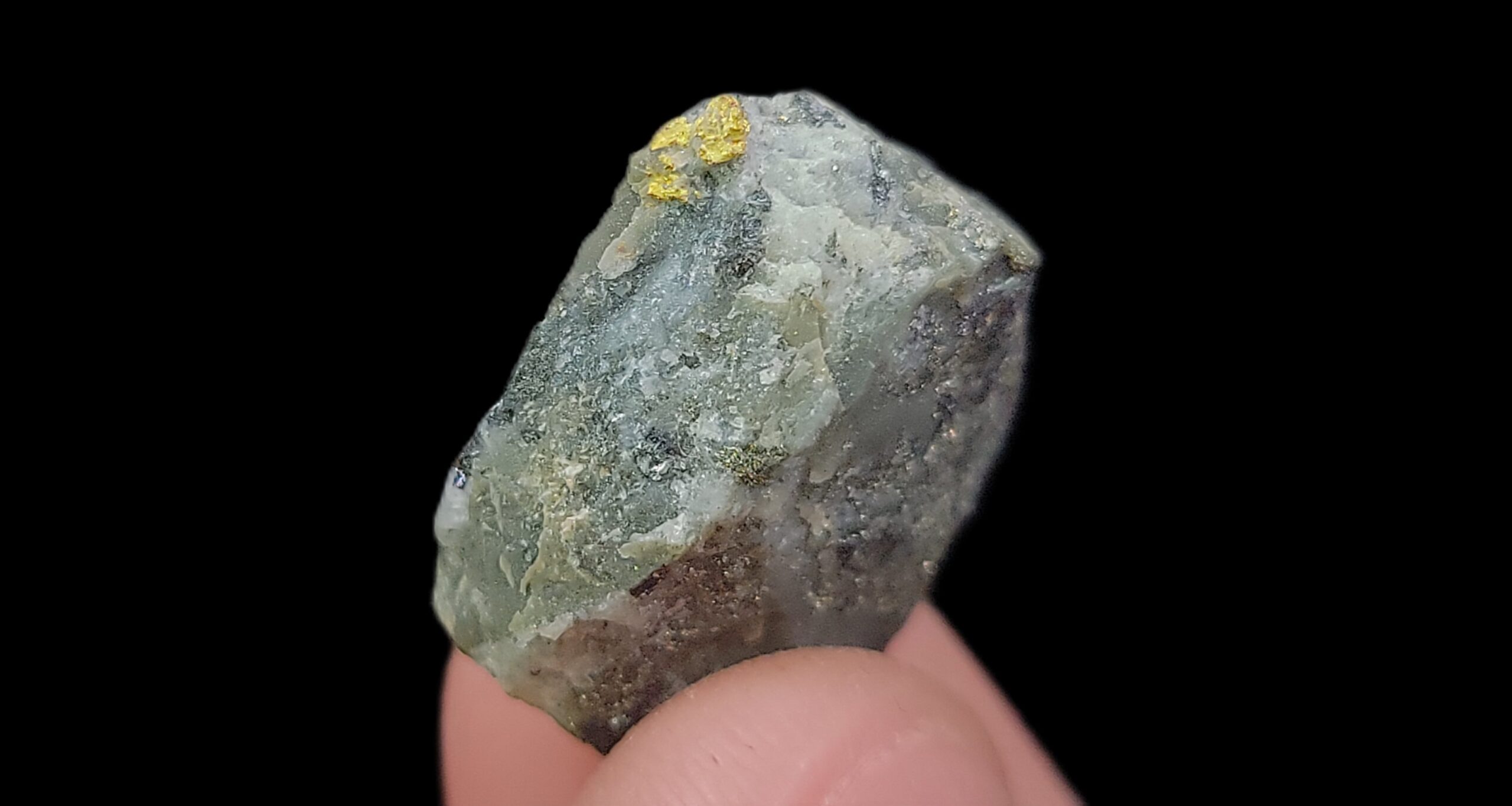

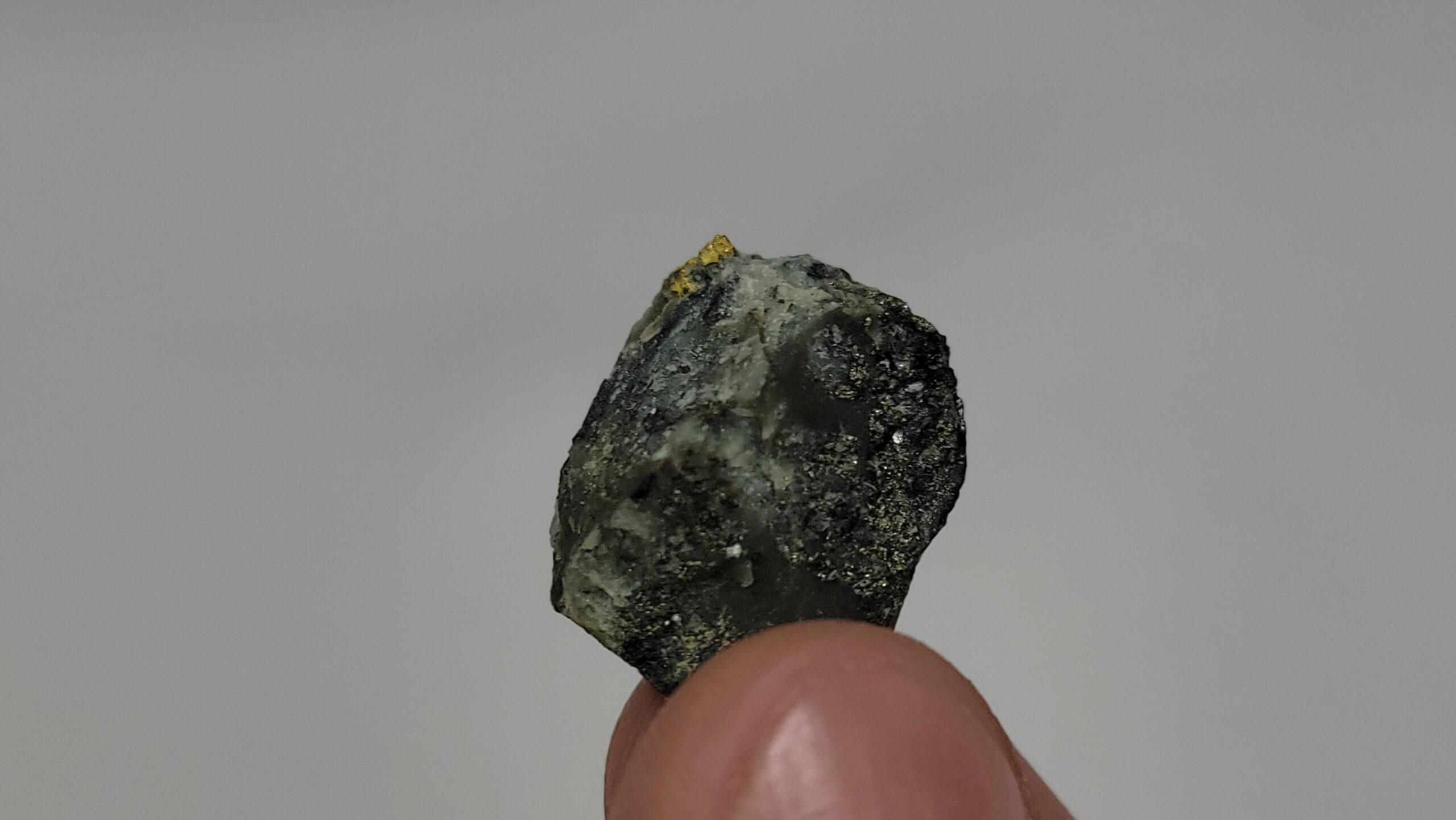

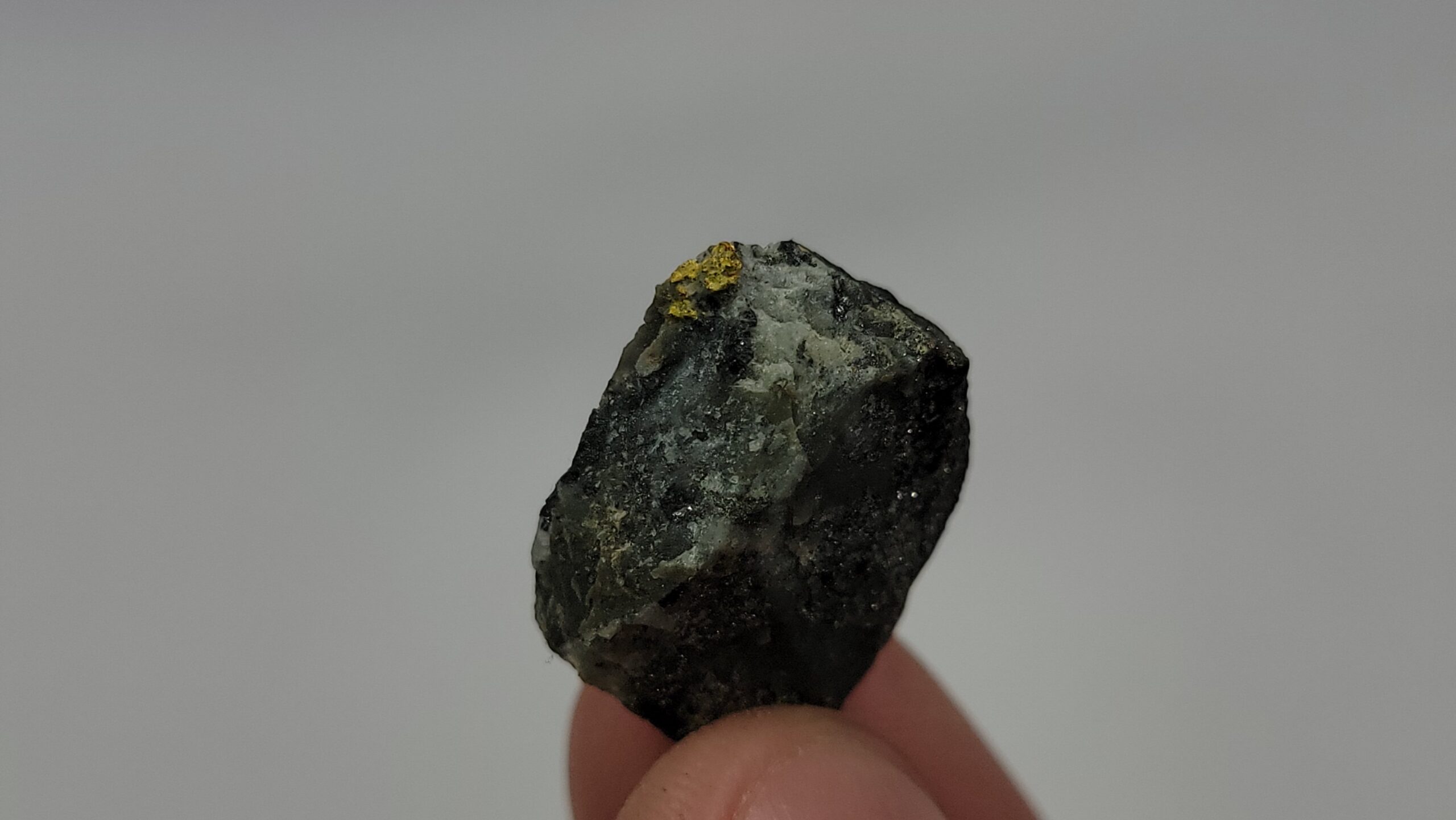

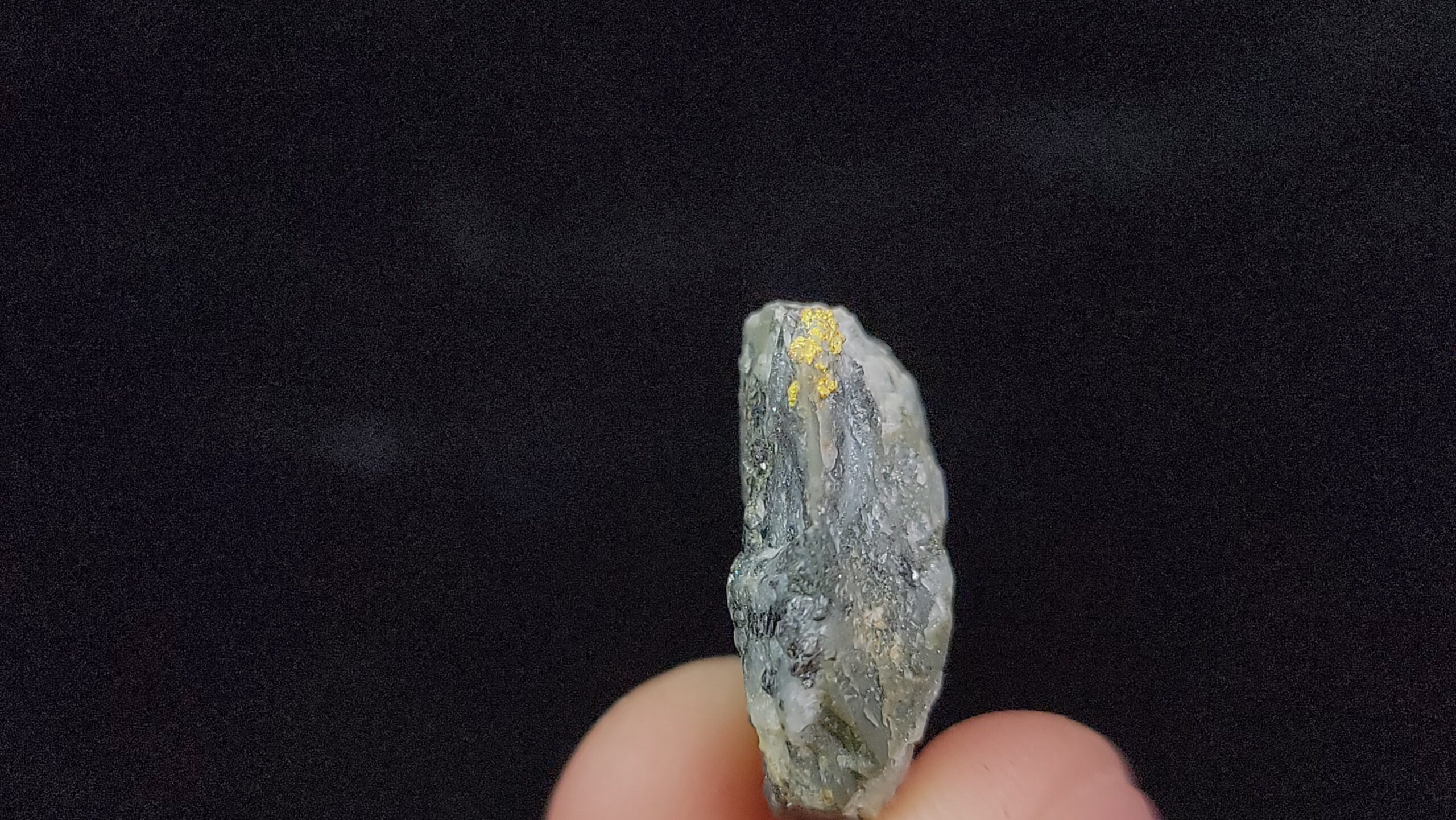


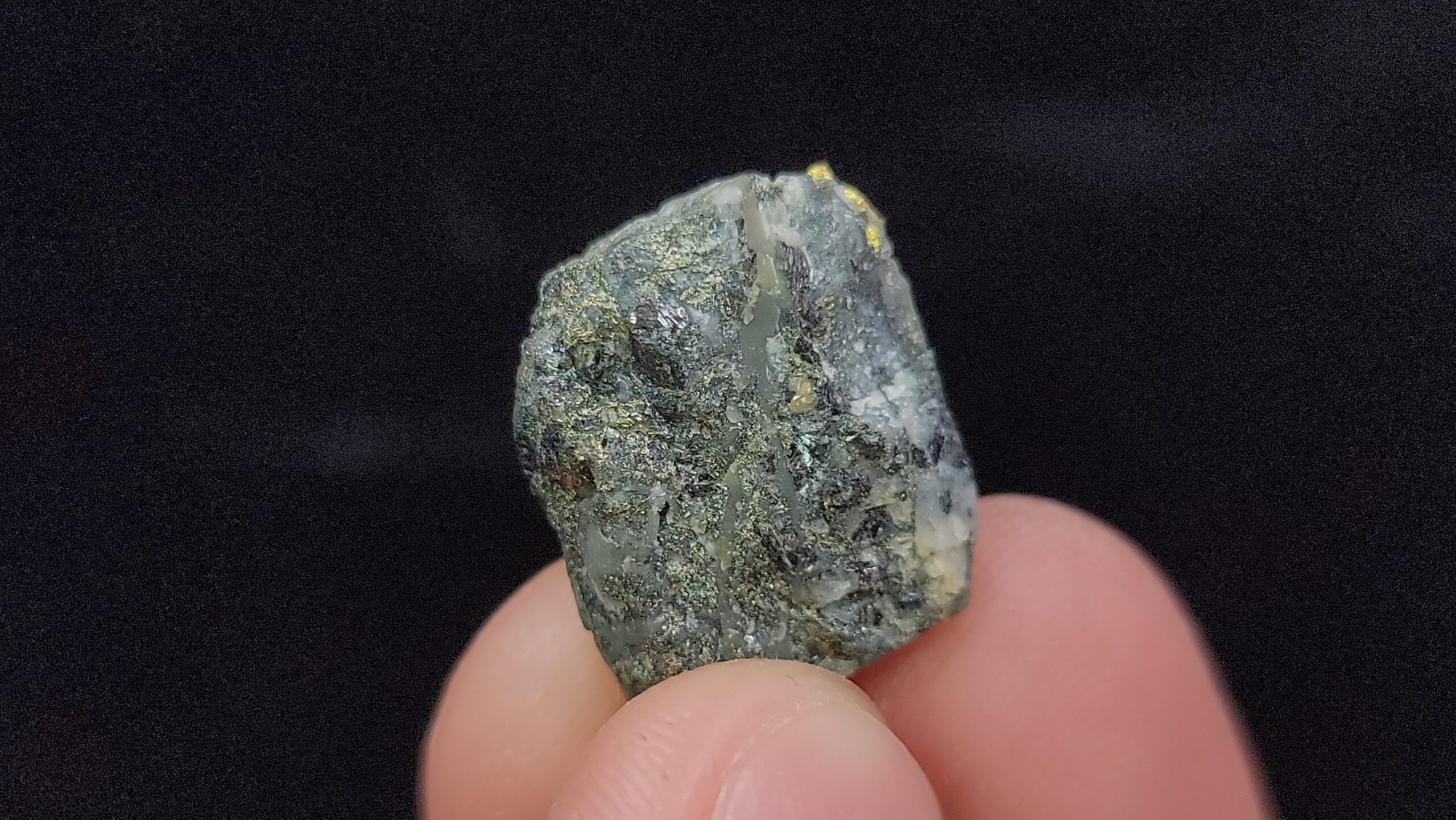





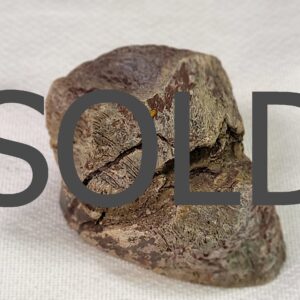
Reviews
There are no reviews yet.